









Have you ever noticed that some diamonds shine and sparkle more than others? The way a diamond is cut directly impacts it's sparkle.
At Temple and Grace, we lay immense importance to the brilliance with which a diamond has been cut. An outstanding gemcutter demonstrates excellence when the light reflects back through the crown of the diamond. This when a diamond creates a scintillating sparkle and shine.
Our advice: A large higher carat weight diamond which is perfect and colour can look dull if it has been poorly cut. This is why we at Temple and Grace hold the highest regard to a gemstone’s cut.













Table

Crown

Star

Bezel

Upper Girdle

Girdle

Lower Girdle

Pavillion

Culet
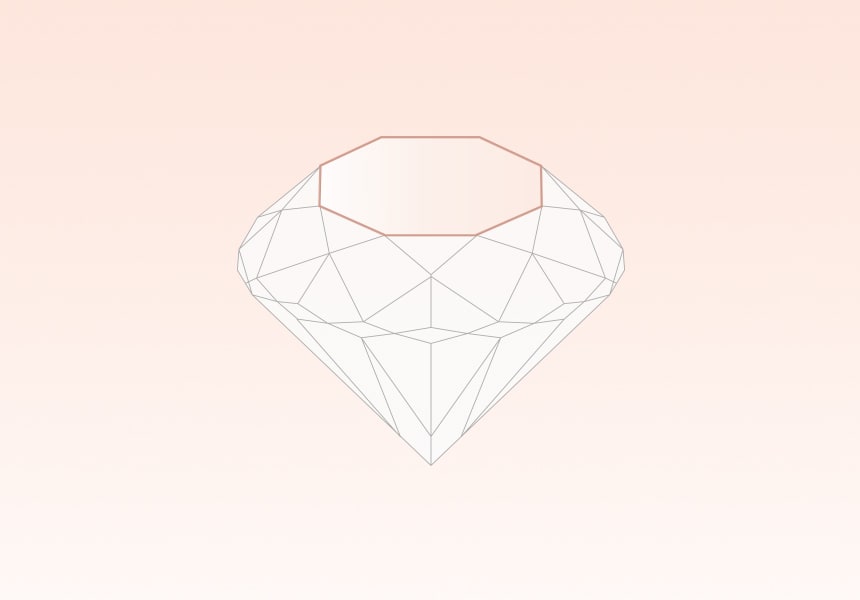

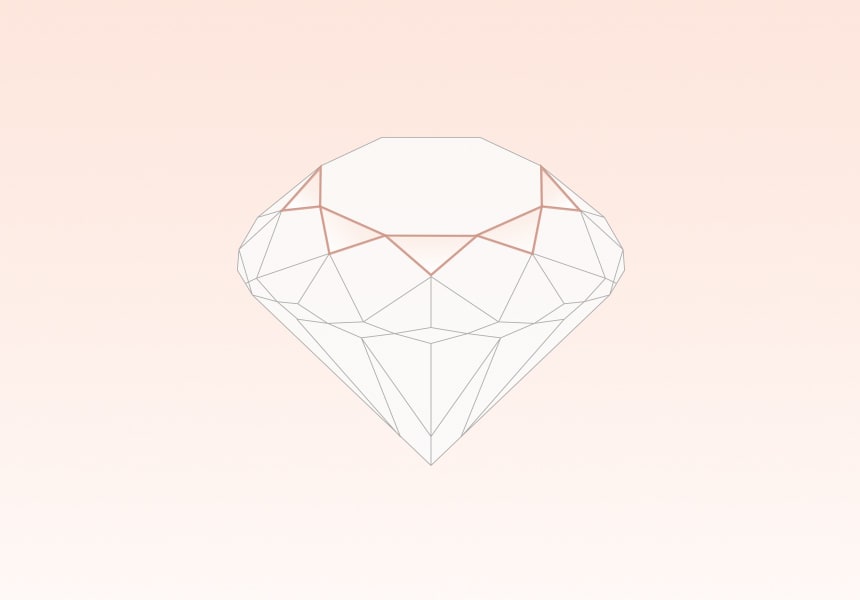
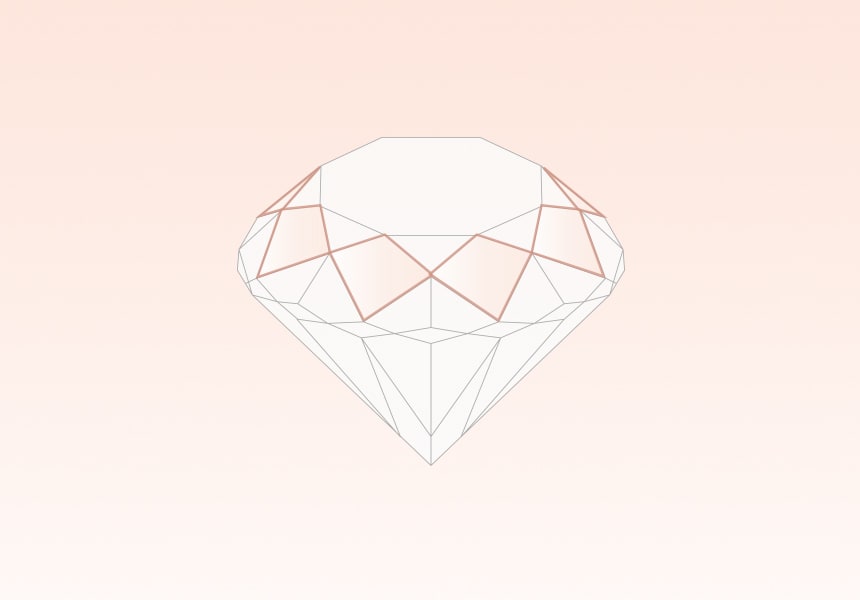
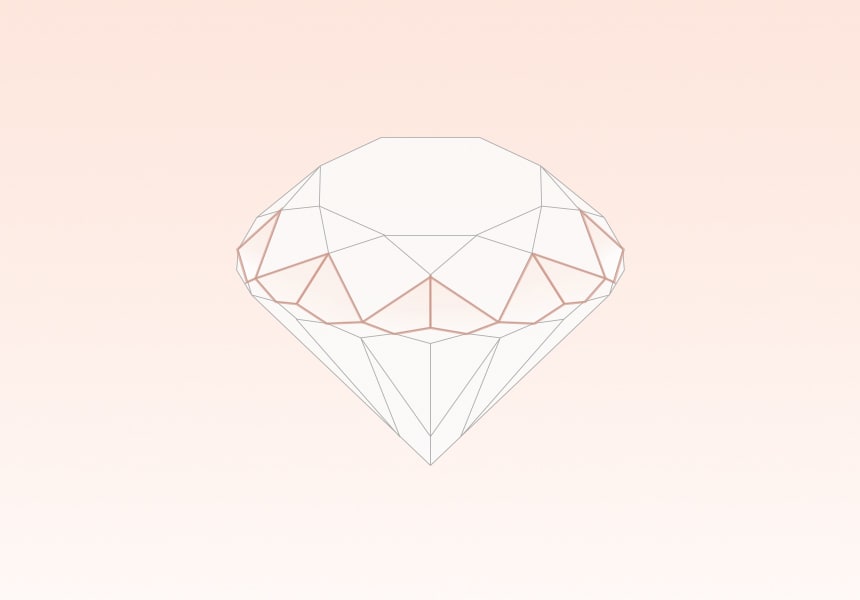
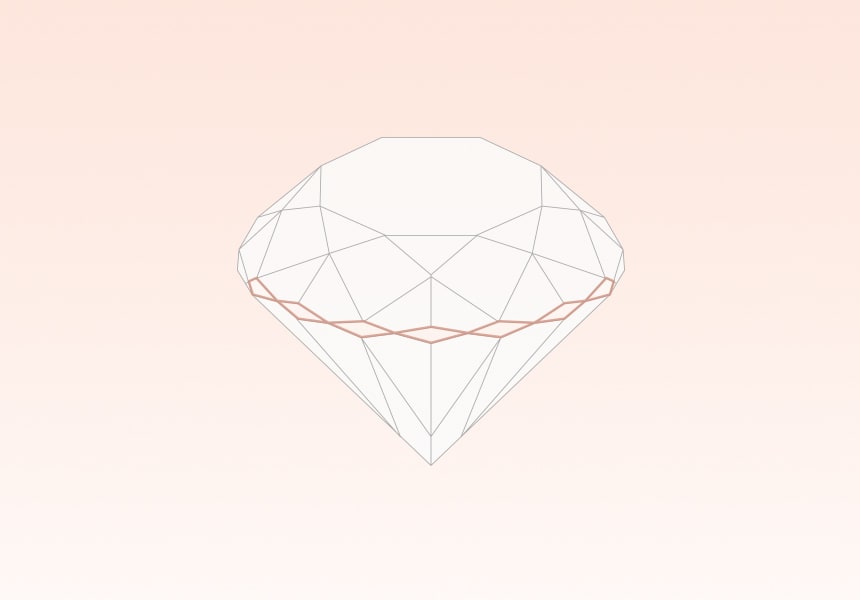
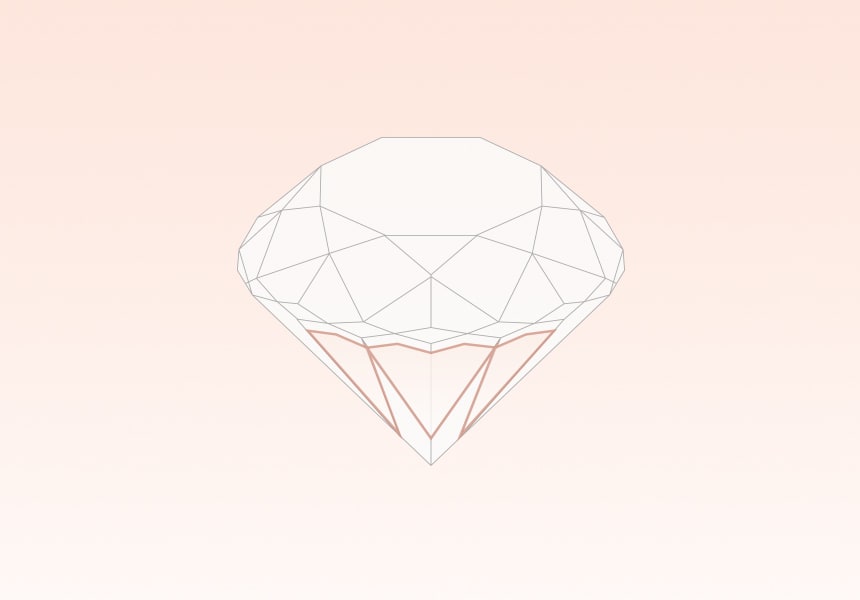
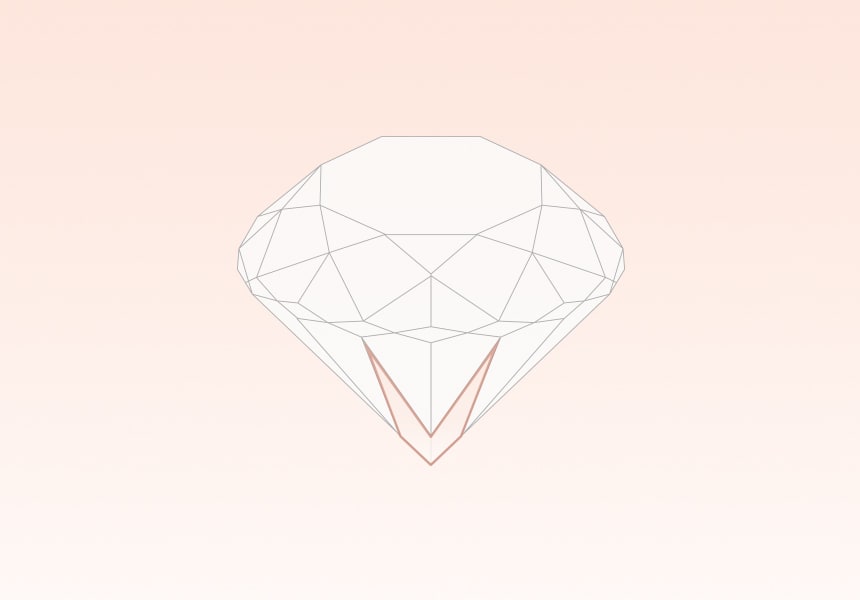


Table

Crown

Star

Bezel

Upper Girdle

Girdle

Lower Girdle

Pavillion

Culet
The colour of a diamond defines how ‘white' or ‘colourless’ a diamond really is. A diamond has certain natural properties and ‘colour’ is one of them. A perfect diamond will be colourless and be more valuable than a diamond that is light yellow or brown in colour. The Gemmological Institute of America (GIA) follows a grading system on a scale of D to Z, where D (colourless) is the highest or the best and Z (light yellow or brown) is the lowest colour.





D-E

F-G

H

I-J
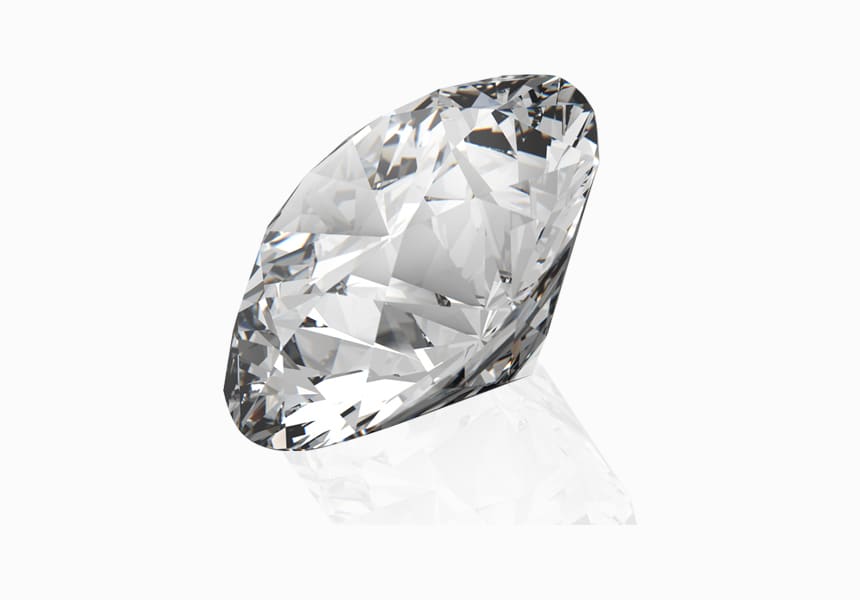
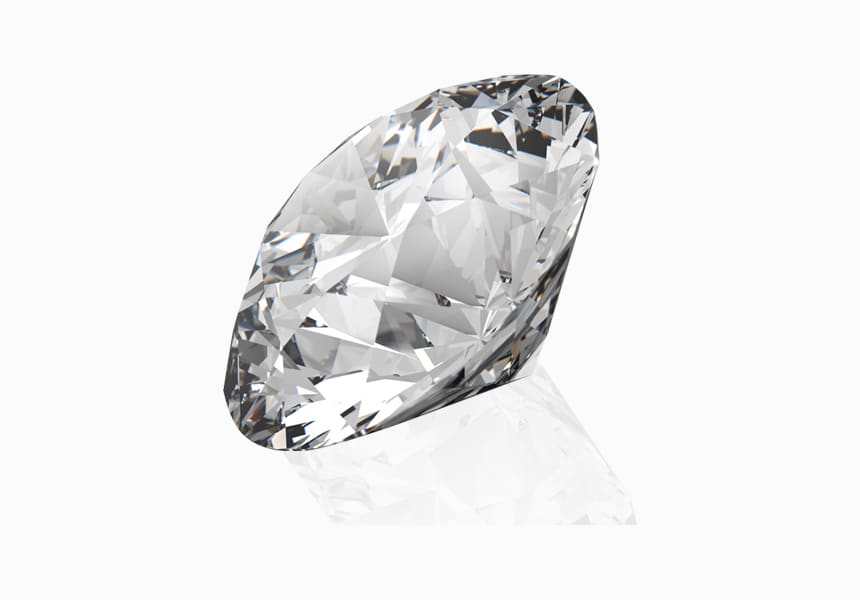
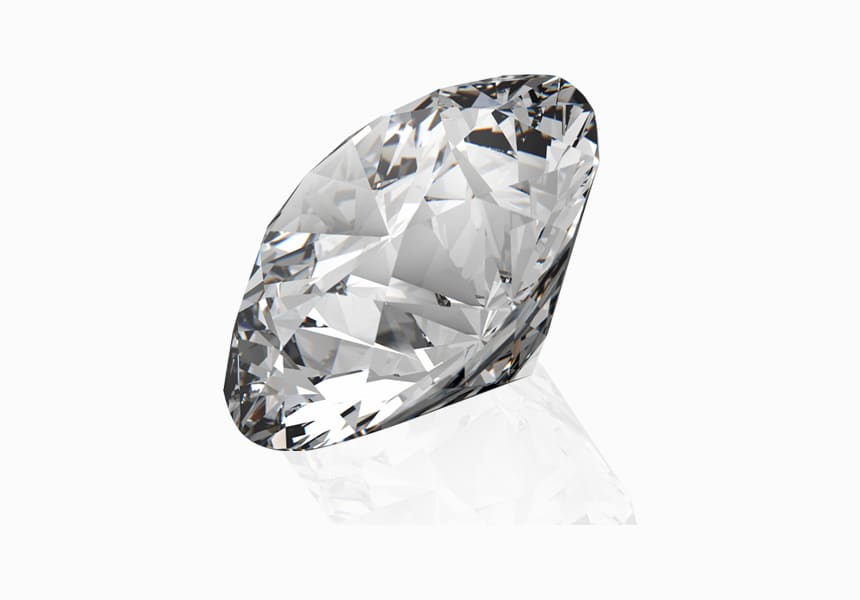
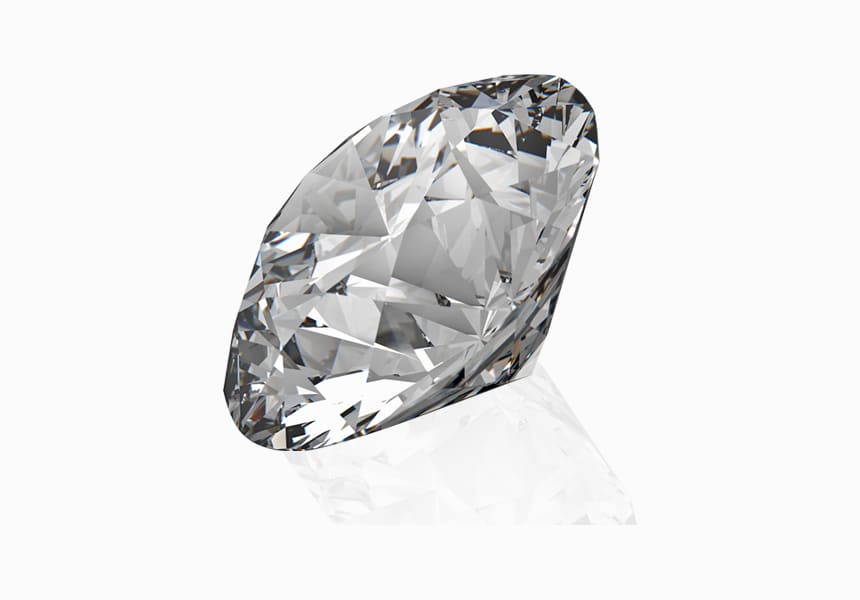

D-E

F-G

H

I-J
Being a gemstone means that every diamond has certain natural blemishes and inclusions. Diamonds are formed deep under the surface of the earth and this exposes to immense forces of pressure and heat. These forces react to form unique internal characteristics called inclusions and external characteristics which are known as blemishes on a diamond.
 VVS1 - VVS2
Very, very small inclusions
VVS1 - VVS2
Very, very small inclusions
 VS1 - VS2
Very small inclusions
VS1 - VS2
Very small inclusions
 SI1
Small inclusions not visible to the naked eye
SI1
Small inclusions not visible to the naked eye
 I1
Visible inclusions
I1
Visible inclusions
 I2
Notable inclusions
I2
Notable inclusions
 I3
Prounounced inclusions
I3
Prounounced inclusions
The unit of weight of a diamond is defined as ‘carat’. 100 points go into the making of every single carat. For example, a 50 points diamond is described as half a carat.





0.5ct

1ct

1.5ct

2ct





0.5ct

1ct

1.5ct

2ct
 Chat with us
Chat with us© 2025 Temple and Grace Limited. All Rights Reserved.
AUCKLAND
Ground floor
26 Hobson Street
Auckland 1010
Phone: (09) 802 2109
